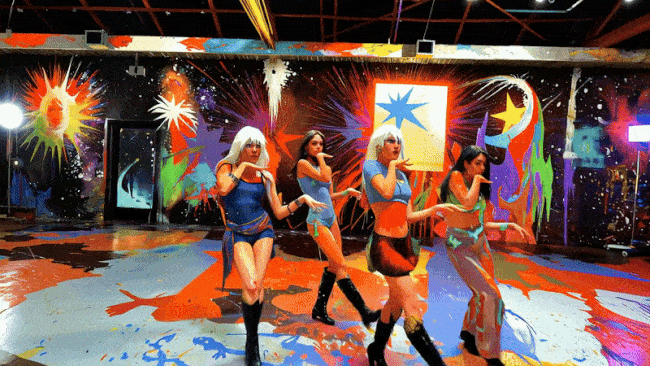
Join Mago now!
Secure a spot on our waitlist.


Video editing has always been about two things: creativity and time. As a creative professional, you understand how long it takes to edit and style a project until it feels right. But with AI video makers entering the scene, the way we create is changing.
Today, text-to-video, image-to-video, and video-to-video tools help editors create amazing visuals quickly. They do this while keeping creative control.
Key Takeaways:
This article explores how AI video tools, especially video-to-video with style transfer, boost speed, precision, and creativity.
Let’s dive in.
Video is one of the industries where the effects of IA can be realized in the short term. Think about the time you and your team spend finding the right footage, adjusting the lighting, or trying out filters.
Now imagine you could describe what you want. The system would then create a basic draft for you. You could improve this draft later.
The AI video makers hold this potential. Instead of replacing our creativity, AI acts as your assistant. It handles the heavy work, allowing you to focus on storytelling and style.
Text-to-video platforms like Sora and Runway’s Gen-2 let you describe a scene. They then create a short video clip right away. For editors, this means:
It’s not perfect. Sometimes the results lack the polish needed for final cuts. However, as a starting point for ideas, text-to-video is a strong tool.
Another significant advancement is image-to-video generation. Tools like Veo 3 and Runway can take a static image—a photo, artwork, or concept render—and animate it into motion. For professionals, this means:
For 3D artists or motion designers, this creates new opportunities. Imagine taking a piece of concept art and animating it as a teaser. You can do this without building a full 3D environment.
Text: "Text-to-video and image-to-video are exciting. However, video-to-video is where things really work for editors. This is especially true for those who care about consistency and control."
Here’s how it works: you give the AI a video. Then, you can change it by stylizing, retexturing, or altering the atmosphere. Video-to-video keeps the motion, framing, and timing of your original clip. This is different from text prompts that create footage from scratch.
This means you don’t lose your structure: you simply gain the ability to iterate faster.
For music videos, social content, or narrative edits, this is gold. Instead of re-rendering or spending hours in grading, you can focus on fine-tuning the aesthetic.
Within video-to-video, style transfer deserves special attention. It lets you apply the look of a reference—whether that’s a painting, a film, or a unique visual mood to your video. Imagine giving your project the soft textures of oil paint, the rich colors of classic film, or a dreamy anime style.
This is more than a filter. AI style transfer is different from static LUTs or presets. It understands the movement in your video. It applies the style frame by frame.
This keeps the depth and motion intact. That’s what makes it powerful for:
It’s here that tools like Mago shine. Mago lets you control important settings like color intensity, texture depth, and mood. This way, you can adjust everything until it matches your vision.

Want to try it yourself? Join the Mago waitlist.
Most AI tools impress at first glance but lack flexibility for professional use. Mago is built differently—with creative professionals in mind:
The key is flexibility. You can adjust, iterate, and experiment with your look until your video feels just right.
At the end of the day, your worth as a creative isn’t about how quickly you cut or color. It’s about the story you tell and the mood you create. AI video makers, especially with video-to-video and style transfer, give you:
In other words, you get to keep what makes you unique as a creative while letting AI handle the grind.
AI video makers are changing the industry of video creators. There are no tools that can replace editors. However, tools can help editors work faster. They can also take more creative risks and create stronger work.
There is one thing, however, that will never change about these tools as they undergo continued evolution: control is a big deal. You would not want a black box capable of returning arbitrary results – you need a system that can grow along with your vision.
Video creation tools are no longer hypothetical experiments in the future they now are practical tools that you can avail yourself of every day. Whether it is text-to-video or image-to-video and video-to-video with style transfer, the creative applications are exploding.
Still, the true innovation lies in video-to-video stylization, which allows you to maintain all your dominance in terms of motion, pacing, and storytelling while altering the appearance and feel of the footage dramatically.
If you’re a motion designer, 3D artist, or video editor looking to speed up your workflow while keeping your creative edge, Mago is built for you.
Join the Mago waitlist today and start shaping the future of video editing.


Secure a spot on our waitlist.